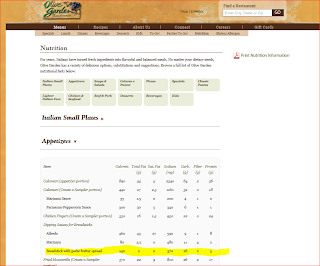I do have some German heritage, but since the last German female ancestor (my 3 times great grandmother, Christiana Fox) died in 1865, I had no one to teach me how to make spaetzel, so these may not be "authentic." They taste great, though, and are the perfect accompaniment to sauerbraten, pot roast, or anything used usually serve with noodles.
| For fried spaetzel, add some breadcrumbs to the butter and saute until browned and crispy |
Ingredients
1 cup all-purpose flour
1 teaspoon salt
1/2 teaspoon ground pepper
1/2 teaspoon ground nutmeg
2 large eggs
1/4 cup milk
3 tablespoons unsalted butter
Directions
- In a large bowl, combine the flour, salt, pepper, and nutmeg
- In a mixing bowl, whisk the eggs and milk together.
- Make a well in the center of the dry ingredients and pour in the egg-milk mixture.
- Using a rubber spatula, gradually draw in the flour from the sides and combine well; the dough should be smooth and thick.
- Let the dough rest for 10 to 15 minutes in the refrigerator.
- Bring 3 quarts of salted water to a boil in a large pot.
- To form the spaetzle, place a perforated pizza pan over the pot. Place the dough on the pan, and force through the holes by moving a rubber spatula back and forth.
- Remove the pizza pan, and stir the spaetzle.
- Boil for another minute or so until they are floating on top of the water.
- Dump the spaetzel into a colander and give it a quick rinse with cool water. (If you're not eating right away, spread the spaetzel on a tray in a single layer and refrigerate (covered) until ready to use them.
- Melt the butter in a large skillet over medium heat and add the spaetzle; tossing to coat. Cook the spaetzle for 1 to 2 minutes to give the noodles some color, and season with salt and pepper before serving.
Recipe adapted from http://www.foodnetwork.com/recipes/tyler-florence/spaetzle-recipe/index.html
.jpg)




